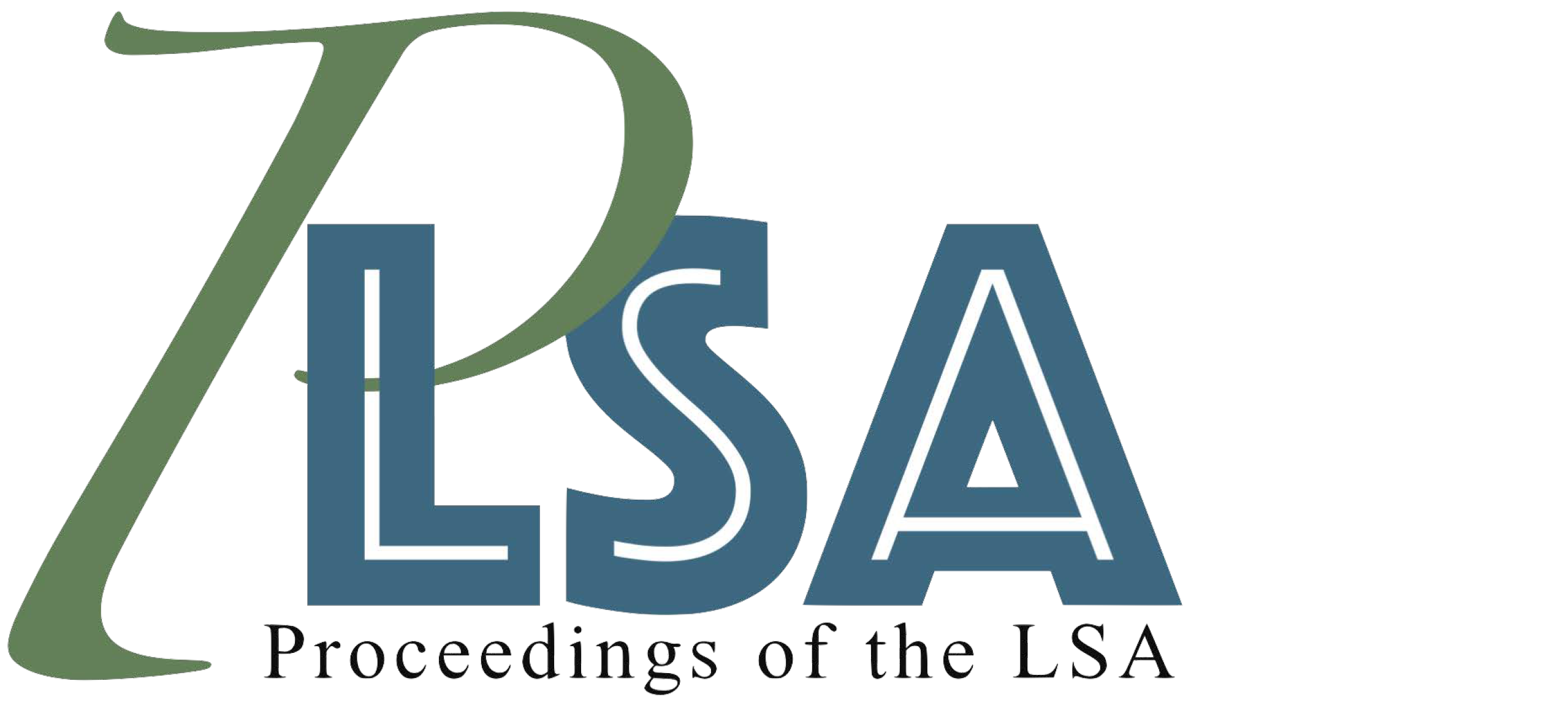The typology of Mandarin infinitives
DOI:
https://doi.org/10.3765/plsa.v1i0.3727Keywords:
Mandarin, infinitives, restructuring, partial control, aspect, zijiAbstract
There has been a long-standing debate in the literature about whether Mandarin has infinitival clauses. Since there is no verbal morphology to distinguish finite and nonfinite clauses, this is an open question. Researchers have used diagnostics such as the availability of an overt embedded subject and the interpretation of aspect markers to argue both for and against the presence of infinitival clauses in Mandarin. Using some of these diagnostics, in addition to the availability of partial control interpretations, Grano (2012/2015) argues that the distinction between types of clauses in Mandarin is not based on finiteness, but rather based on whether there is restructuring: some complement clauses are vPs, while others are CPs. We provide new data based on the distribution and interpretation of the reflexive ziji, which suggests that there is a finite/nonfinite distinction. We argue for the existence of nonfinite control complements in Mandarin. Further, we evaluate the diagnostics used by previous researchers and illustrate that some of them are not reliable indicators of finiteness or of clause size.
Downloads
Published
Issue
Section
License
Published by the LSA with permission of the author(s) under a CC BY 4.0 license.
